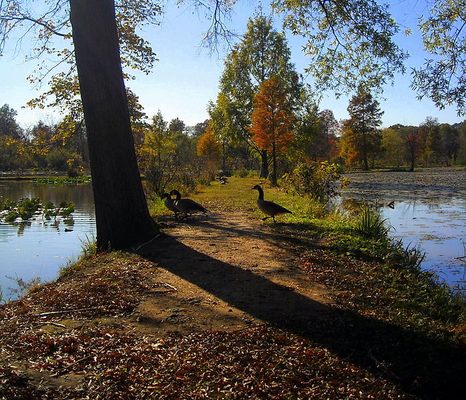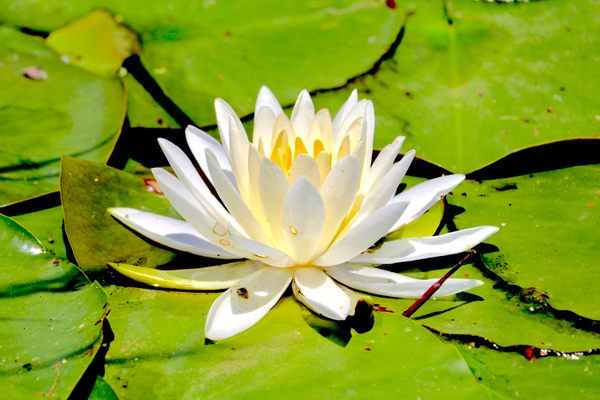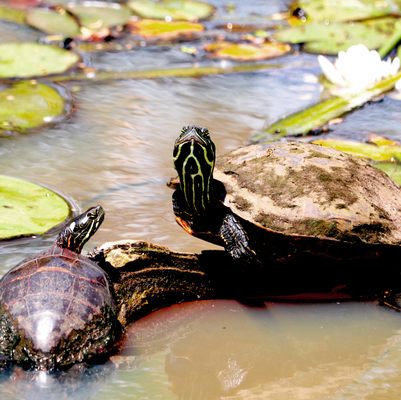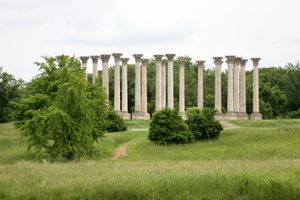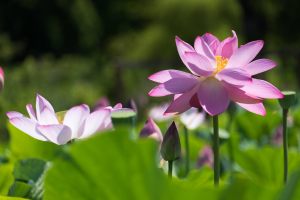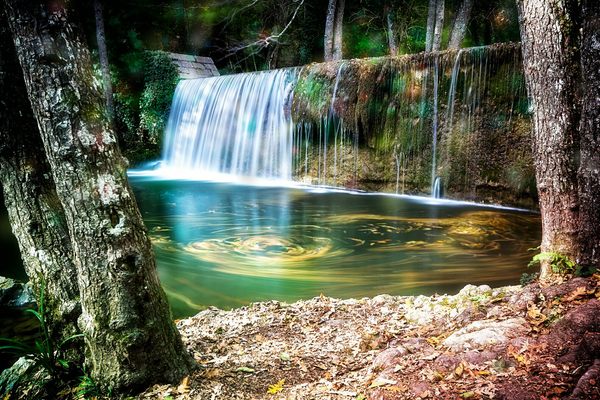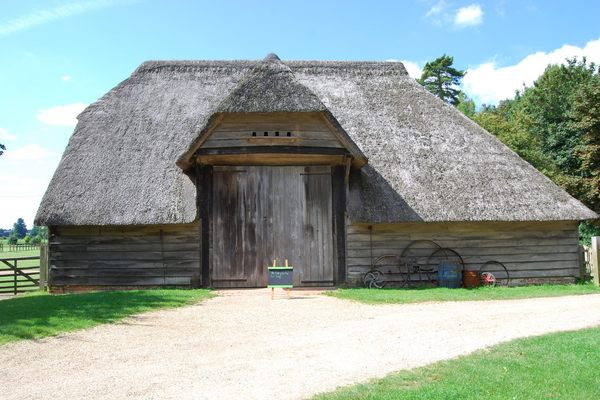About
The Kenilworth Aquatic Gardens are an 8.5-acre collection of lily ponds located just off the eastern branch of the Anacostia River in Washington, D.C. Before the National Park Service acquired the gardens in 1938, they were a booming private business that exported lotus flowers across the nation.
The founding father of the gardens is Walter Shaw, a Civil War veteran who lost his right arm fighting for the Union. Shaw held down a day job as a clerk at the Treasury Department (no easy feat for a man who had learned to write with his right hand!) and took the trolley home each night to work on his pet project.
Over the course of several years, Shaw dug, deepened, and expanded a series of ponds on his property. The objective was simple at first; homesick for the flora from his native Maine, Shaw hoped to build a garden suitable for aquatic flowers like the Lotus.
Every night, Shaw would paddle around his lily pads in a canoe, planting tubers and fighting off the turtles that liked to feast on their roots. The evidence of Shaw’s hard work was visible each summer as he continuously brought in larger and more bountiful lily harvests. Residents of Washington had never seen anything like Shaw’s stunning Lotuses, and he started selling them for a handsome profit.
Shaw was eventually making so much selling Lotuses that he quit his job at the Treasury Department and doubled down on the flower game. Now with a staff of five, the Shaw Lily Pond Company expanded operations and operated out of 45 square ponds. Each pond was separated by an earthen dyke and specialized in a different species of aquatic life. There were 5-foot diameter Victoria lily pads, exotic Lotuses, utilitarian plants destined for aquariums, and prize fish like the Japanese Carp.
Reporters didn’t know what to make of this one-armed entrepreneur and his unusual but lucrative “aquatic plantation.” The Washington Post marveled in 1908 that “the Waldorf-Astoria management alone bought 70,000 Egyptian Lotuses [from Shaw] last year at a cost of 2 cents each, and Lotuses are but one of a number of varieties grown, and they are not the most expensive by many a shining penny.”
Shaw retired an affluent man, and after his death in 1921 the business passed to his daughter Helen. The Shaw Lily Ponds were almost destroyed during the 1930s when the Potomac was undergoing dredging and Helen’s riverside land was condemned. Helen went downtown to plead her case and succeeded in convincing acting Secretary of War Louis Johnson to purchase the gardens as parkland for $15,000. The business came to an end, but the beloved Shaw lily gardens were preserved and added to Anacostia Park. Helen was allowed to continue living at her house in the park until she passed away circa 1960.
Related Tags
Know Before You Go
The Aquatic Gardens are open 8 a.m. to 4 p.m. during the summer and 9 a.m. to 5 p.m. during the winter. The closest Metro stop is Deanwood on the Orange Line.
Community Contributors
Added By
Published
March 29, 2017



